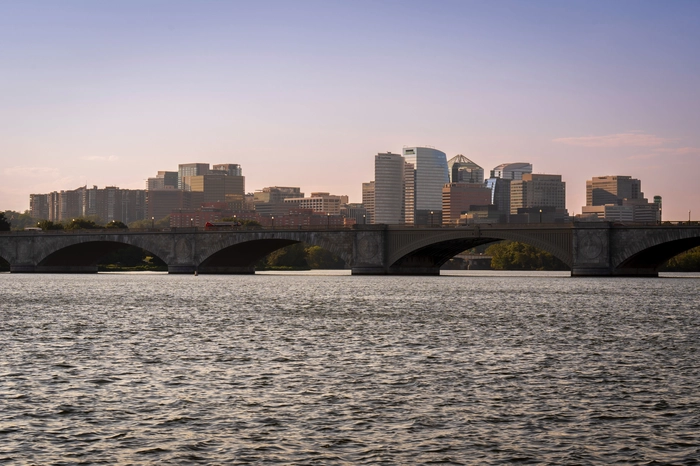Origins of the town
Founded in 1790, Washington D.C. was chosen as the nation's capital with the aim of creating a district independent of the power of individual states. Pierre Charles L'Enfant, the visionary architect, designed the city with wide streets, magnificent parks and imposing monuments. Today, these elements are an integral part of the city's soul.
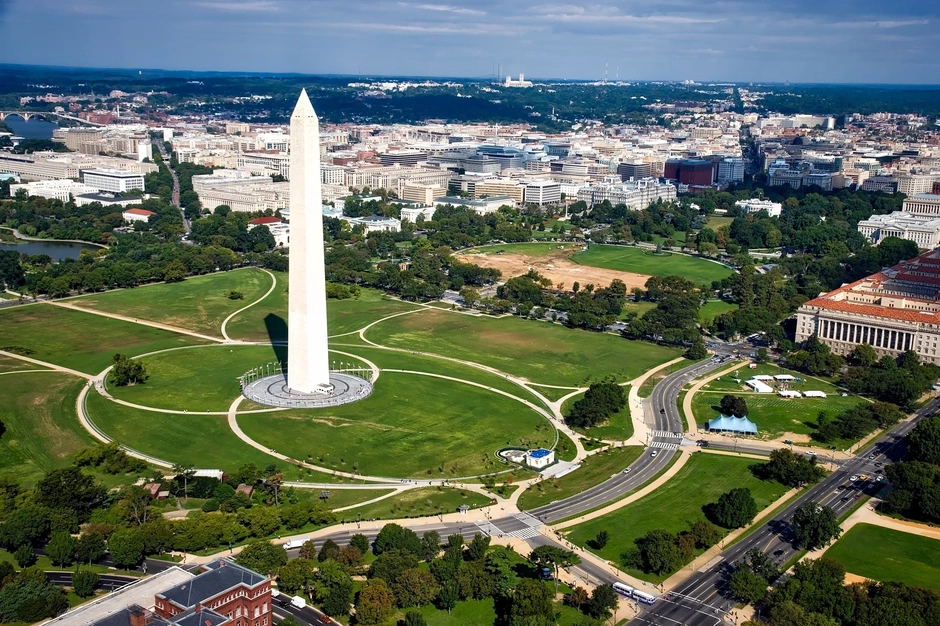
Special features of Washington D.C.
Washington's uniqueness lies in its role as a federal district, distinct from the states. Its iconic monuments, such as the Washington Monument, the Lincoln Memorial and the Capitol, provide the backdrop for crucial decisions affecting the nation. The Smithsonian Museums, scattered throughout the city, house a priceless treasure trove of knowledge and culture.
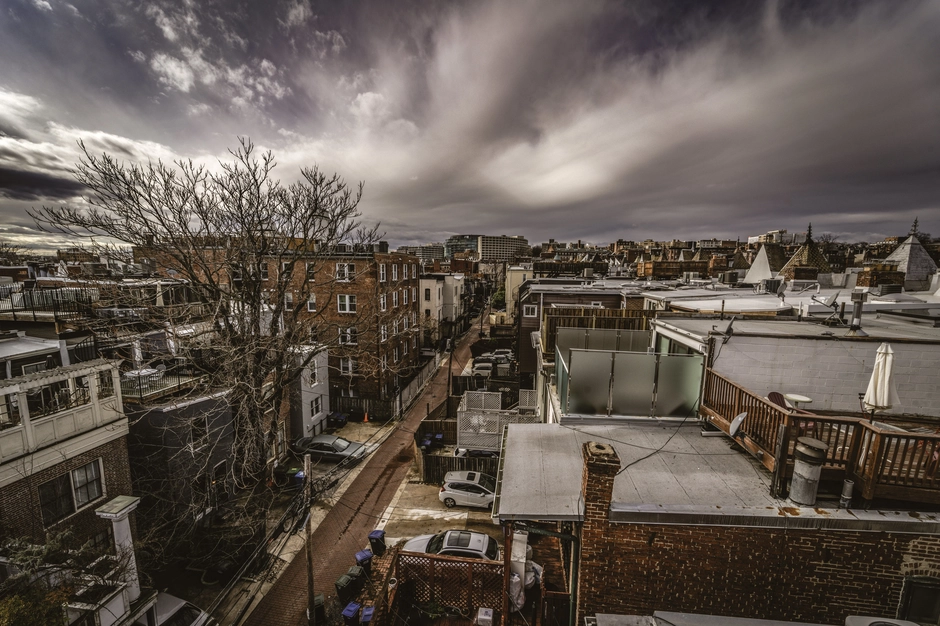
Temperate climate
Washington D.C. enjoys a temperate climate, with warm summers and relatively mild winters. The cherry blossoms that line the city's basin in spring create a striking spectacle. The favorable climate attracts visitors year-round, providing the perfect backdrop for exploring the many historic sites.
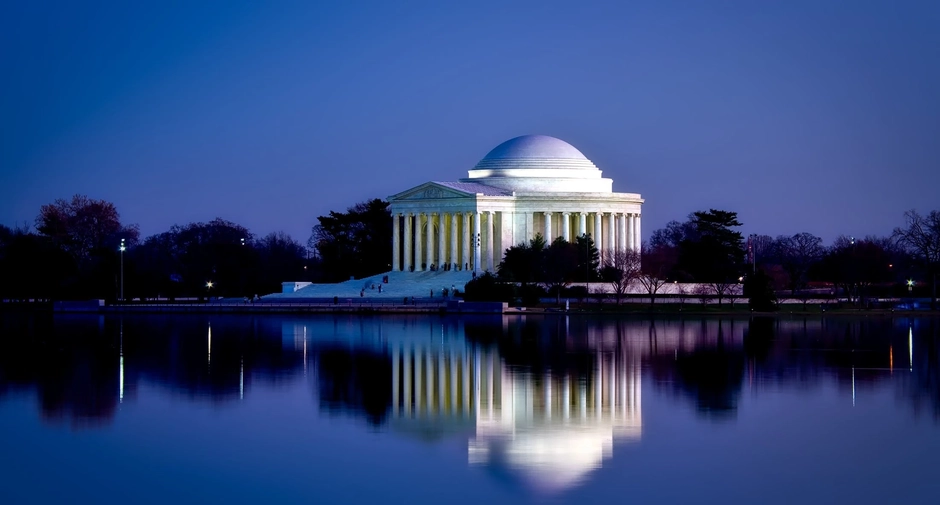
Diversified population
Washington D.C.'s population is as diverse as the decisions made in its corridors of power. From federal officials to local residents, the city is home to a variety of ethnic, cultural and economic communities. Neighborhoods such as Georgetown and Adams Morgan reflect this diversity, creating a mosaic of cultures in the heart of the capital.
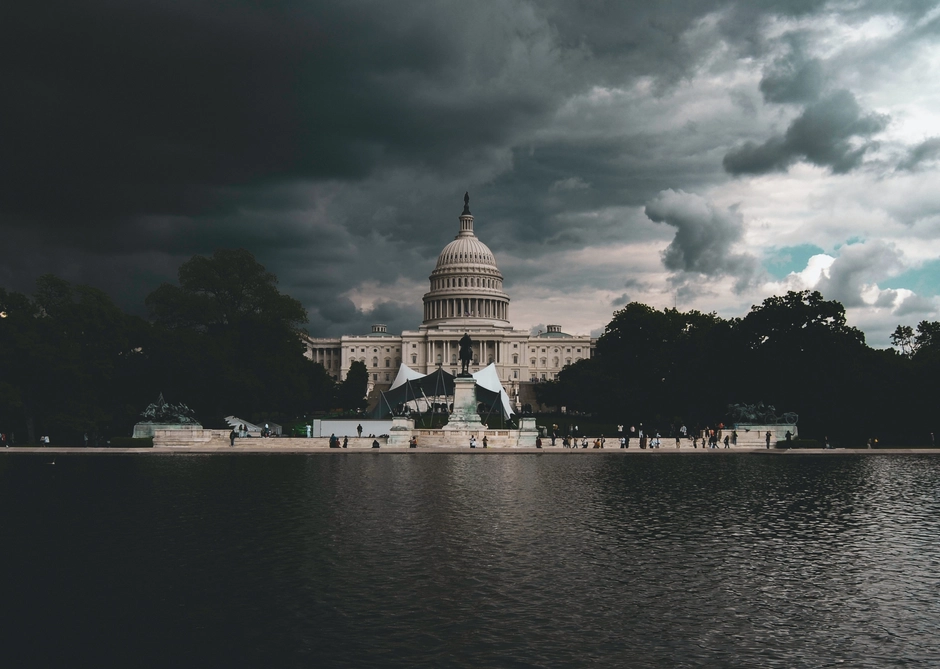
Conclusion
Washington D.C., with its deep roots in American history, its uniqueness as a federal district, its temperate climate and its diverse population, remains a symbol of the greatness and diversity of the United States. It's a place where every street corner evokes the past, where every monument bears witness to the struggle for freedom and democracy. As the nation's capital, Washington D.C. remains a beacon of power, culture and progress for the entire nation.
